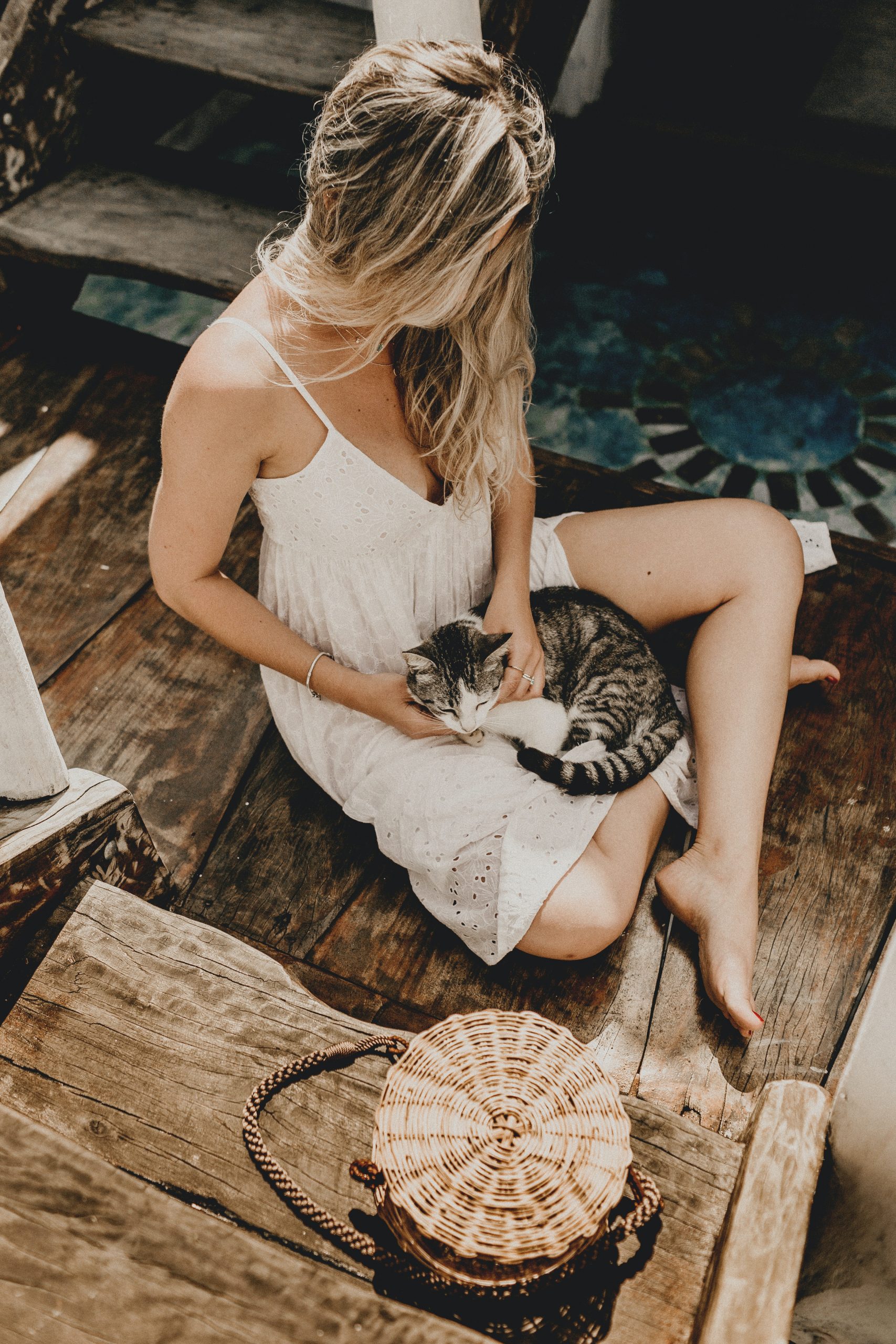What’s your cat’s personality?
by Ontario SPCA and Humane Society | Cat Care | June 4, 2021

Guest post by: Royal Canin
Every cat is an individual, with unique personality traits and habits. So it’s important to remember that what is right for one cat, may not be right for another cat, and that certain things can cause stress to certain types of cats.
Think about how humans can behave as introverts or extroverts. At the end of a long week, introverts look forward to going home and having peace and quiet. Extroverts, on the other hand, might want to go out and party to blow off steam.
Cat behavior is like that. Knowing your cat’s personality will better help you provide for its needs when it comes to dealing with stress.
1: What is your cat’s general demeanor?
A. Sweet and affectionate, although sometimes it takes him some time to warm up to new people.
B. Outgoing and loves attention, but sometimes doesn’t want to be held or engaged with closely.
2: How does your cat respond to new environments, such as a change of house or going to the veterinary clinic?
A. Hiding. He runs under the bed and won’t come out, or hides in the back of the kennel.
B. Exploration. He roams around, checking out the environment and seeing what’s new.
3: How does your cat cope with a change in his environment, such as a new person or pet?
A. Running away, hiding, decreased eating.
B. Pacing, scratching at doors, vocalizing loudly.
4: Does your cat sometimes act out?
A. No. He generally doesn’t get into much, since we only see
him around meal times.
B. Yes! He is always getting into things and destroying the place!
5: Is your cat sometimes:
A. Standoffish and unfriendly?
B. A ‘trouble-maker’?
If you answered mostly A, your cat is a: PASSIVE CAT
Passive cats require SECURITY. In the wild, injury is a survival threat, so cats seek to evade, hide and establish boundaries to make them feel safe and secure.
- Provide your cat with opportunities to hide, including boxes and cat-condos, while also providing places up high, such as hammock seating and scratching posts, so he can elevate himself above perceived threats.
- Interact with your cat in a quiet environment, and never force interactions. Respect his need to withdraw or isolate.
- Provide play sessions that focus on cat-owner interaction, in a quiet place where he won’t be disturbed.
- Allow opportunities for your cat to mark his environment, such as scratching posts of various types and heights, to increase his sense of security.
If you answered mostly B, your cat is an: ACTIVE CAT
Active cats require STIMULATION. In the wild, cats will spend 18% of their time hunting or roaming, and replicating this is key for active cats.
- Provide your cat with opportunities for visual stimulation, such as elevated climbing opportunities and window sill seating, and for exploration, such as secure outdoor access.
- Train your cat to come to you, rather than reaching for your cat. Respect his choice to stay close, but perhaps without contact.
- Provide play sessions that are interactive and mimic the predatory sequence of hunting, capturing and eating. Interactive puzzle feeders are a great way to offer stimulation.
- Offer interesting smells that appeal to your cat,
such as catnip.
Cat Behaviour is Complex!
Did your cat check both A and B?
Just like humans do not always fall squarely into the category of an extrovert or introvert, cats are not always fully active or passive.
However, it is still important to provide your cat opportunities for both security and stimulation. Sometimes he may prefer one or the other!
For more information visit royalcanin.com
Categories
Testimonial
Your dedication and support
It is with and because of your dedication and support that helpless animals are being saved. Thank you for everything.
